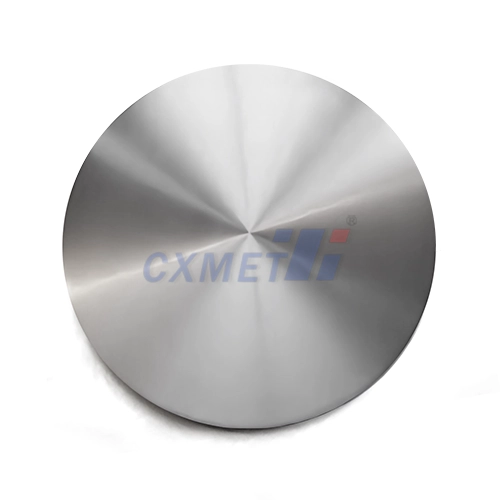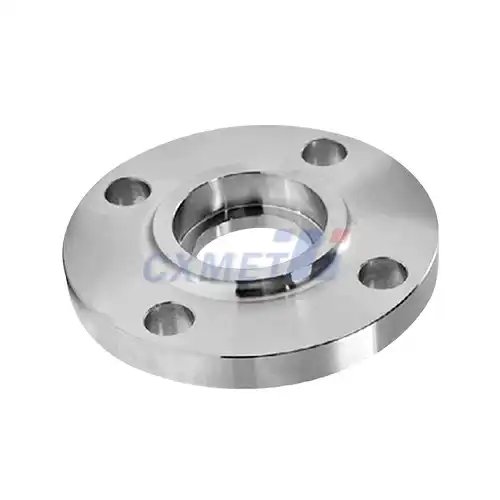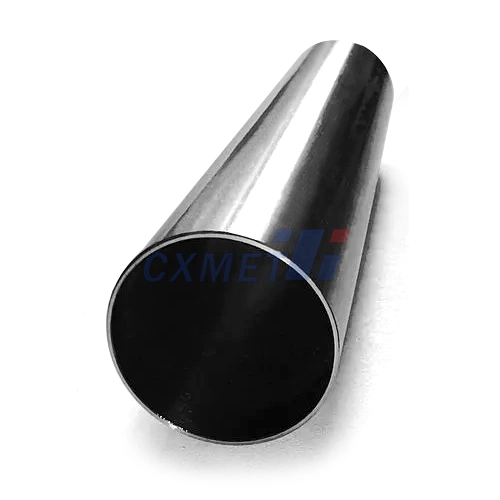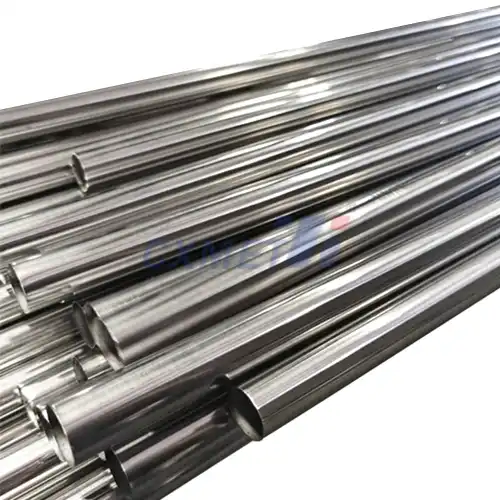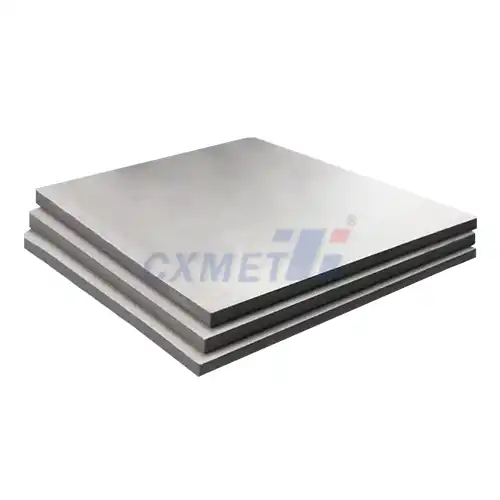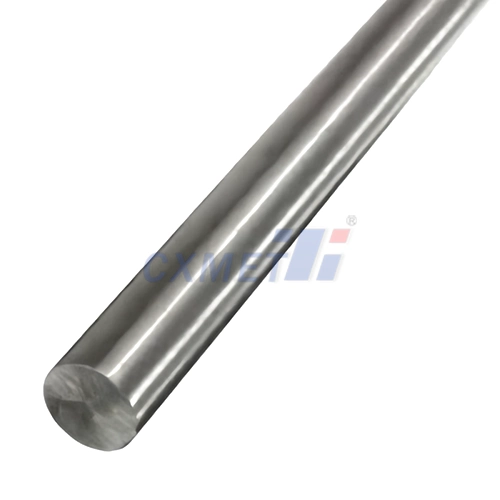- English
- French
- German
- Portuguese
- Spanish
- Russian
- Japanese
- Korean
- Arabic
- Greek
- German
- Turkish
- Italian
- Danish
- Romanian
- Indonesian
- Czech
- Afrikaans
- Swedish
- Polish
- Basque
- Catalan
- Esperanto
- Hindi
- Lao
- Albanian
- Amharic
- Armenian
- Azerbaijani
- Belarusian
- Bengali
- Bosnian
- Bulgarian
- Cebuano
- Chichewa
- Corsican
- Croatian
- Dutch
- Estonian
- Filipino
- Finnish
- Frisian
- Galician
- Georgian
- Gujarati
- Haitian
- Hausa
- Hawaiian
- Hebrew
- Hmong
- Hungarian
- Icelandic
- Igbo
- Javanese
- Kannada
- Kazakh
- Khmer
- Kurdish
- Kyrgyz
- Latin
- Latvian
- Lithuanian
- Luxembou..
- Macedonian
- Malagasy
- Malay
- Malayalam
- Maltese
- Maori
- Marathi
- Mongolian
- Burmese
- Nepali
- Norwegian
- Pashto
- Persian
- Punjabi
- Serbian
- Sesotho
- Sinhala
- Slovak
- Slovenian
- Somali
- Samoan
- Scots Gaelic
- Shona
- Sindhi
- Sundanese
- Swahili
- Tajik
- Tamil
- Telugu
- Thai
- Ukrainian
- Urdu
- Uzbek
- Vietnamese
- Welsh
- Xhosa
- Yiddish
- Yoruba
- Zulu
Can Nitinol bar stock be machined or welded?
2025-07-16 14:45:07
Nitinol, a unique alloy of nickel and titanium, has gained significant attention in various industries due to its remarkable shape memory and superelastic properties. As the demand for Nitinol components grows, many manufacturers and engineers are curious about the possibilities of machining and welding Nitinol bar stock. In this comprehensive guide, we'll explore the intricacies of working with Nitinol, addressing common questions and providing insights into the best practices for machining and welding this extraordinary material.
|
|
|
What are the challenges of machining Nitinol?
Machining Nitinol presents several unique challenges that set it apart from conventional metals. The material's superelastic properties, which make it so valuable in many applications, also contribute to difficulties in the machining process. Here are some of the primary challenges encountered when machining Nitinol:
- Work hardening: Nitinol has a strong tendency to work harden during machining. This means that as the material is cut or shaped, it becomes increasingly harder and more resistant to further machining. This phenomenon can lead to rapid tool wear and makes it challenging to maintain consistent cutting conditions throughout the machining process.
- Tool wear: Due to its hardness and work hardening properties, Nitinol can cause significant and rapid wear on cutting tools. This necessitates frequent tool changes and can increase production costs.
- Heat generation: The machining of Nitinol generates substantial heat, which can affect the material's properties and lead to dimensional inaccuracies. Proper cooling strategies are crucial to maintain the desired characteristics of the finished product.
- Springback: Nitinol's superelastic nature causes it to spring back after deformation, making it difficult to achieve precise dimensions and shapes through conventional machining techniques.
- Burr formation: Nitinol has a tendency to form burrs during machining, which can be challenging to remove and may require additional finishing processes.
To overcome these challenges, specialized machining techniques and tools are often required. Some effective strategies include:
- Using sharp, coated cutting tools designed specifically for machining Nitinol
- Employing high-speed machining techniques to reduce work hardening
- Implementing effective cooling methods, such as flood coolant or cryogenic cooling
- Utilizing specialized fixturing to counteract springback effects
- Incorporating deburring processes into the manufacturing workflow
Despite these challenges, with the right approach and expertise, Nitinol Bar Stock can be successfully machined to produce high-quality components for various applications in medical devices, aerospace, and other industries.
How does welding affect Nitinol's properties?
Welding Nitinol Bar Stock is a complex process that can significantly impact the material's unique properties. Understanding these effects is crucial for engineers and manufacturers working with Nitinol components. Here's an in-depth look at how welding influences Nitinol's characteristics:
- Changes in transformation temperatures: Welding can alter the transformation temperatures of Nitinol, which are critical to its shape memory and superelastic behavior. The heat-affected zone (HAZ) around the weld may have different transformation temperatures compared to the base material, potentially leading to inconsistent performance across the component.
- Microstructural changes: The high temperatures involved in welding can cause changes in the microstructure of Nitinol. This may include grain growth, formation of intermetallic compounds, or changes in the distribution of nickel and titanium atoms within the crystal lattice. These microstructural changes can affect the material's mechanical properties and functional behavior.
- Oxidation: Nitinol is highly reactive with oxygen at elevated temperatures. During welding, if not properly shielded, the material can form a brittle oxide layer that compromises the weld strength and may affect the surrounding material's properties.
- Loss of superelasticity: In some cases, welding can cause a localized loss of superelasticity in the heat-affected zone. This can result in areas of the component that no longer exhibit the desired elastic behavior, potentially compromising the overall performance of the part.
- Alterations in fatigue resistance: Welding can introduce stress concentrations and microstructural changes that may affect the fatigue resistance of Nitinol components. This is particularly important in applications where the material is subjected to cyclic loading, such as in medical implants or aerospace components.
To mitigate these effects and successfully weld Nitinol, several specialized techniques and considerations are employed:
- Laser welding: This method provides precise control over heat input and can minimize the heat-affected zone, helping to preserve Nitinol's properties in the surrounding material.
- Pulsed arc welding: By using short pulses of energy, this technique can reduce overall heat input and minimize microstructural changes.
- Proper shielding: Using inert gas shielding (such as argon) is crucial to prevent oxidation during the welding process.
- Post-weld heat treatment: Carefully controlled heat treatment after welding can help restore some of the material's original properties and homogenize the microstructure.
- Filler material selection: When joining Nitinol to itself or other materials, selecting an appropriate filler material is essential to maintain desired properties and prevent the formation of brittle intermetallic compounds.
While welding Nitinol presents challenges, advancements in welding technology and a deep understanding of the material's behavior have made it possible to create reliable welded Nitinol components for various applications. However, it's crucial to carefully consider the specific requirements of each application and conduct thorough testing to ensure that welded Nitinol parts meet the necessary performance criteria.
What are the best practices for finishing Nitinol components?
Finishing Nitinol Bar Stock components is a critical step in the manufacturing process, as it can significantly impact the material's performance, biocompatibility, and overall quality. Here are some best practices for finishing Nitinol components:
- Surface preparation: Before applying any finishing treatments, it's essential to properly clean and prepare the Nitinol surface. This may involve removing any oxide layers, contaminants, or machining residues. Common methods include:
- Chemical etching to remove surface impurities
- Mechanical abrasion using specialized media
- Ultrasonic cleaning to remove particulates and oils
- Electropolishing: This electrochemical process is widely used for finishing Nitinol components, especially in medical applications. Electropolishing offers several benefits:
- Removes the outer layer of material, including any embedded contaminants
- Smooths the surface, reducing potential for corrosion and improving fatigue resistance
- Enhances biocompatibility by creating a uniform titanium oxide layer
- Improves the component's resistance to bacterial adhesion
- Passivation: This chemical treatment process is used to enhance the corrosion resistance of Nitinol by promoting the formation of a stable oxide layer. Passivation typically involves:
- Immersion in an acid solution (often nitric acid) to remove free iron and other contaminants from the surface
- Careful control of temperature and exposure time to optimize the passivation effect
- Thorough rinsing and drying to prevent any residual acid from affecting the component
- Coating applications: In some cases, applying specialized coatings can enhance the performance or biocompatibility of Nitinol components. Common coating options include:
- Parylene coatings for improved lubricity and chemical resistance
- Diamond-like carbon (DLC) coatings for enhanced wear resistance
- Hydroxyapatite coatings to promote osseointegration in medical implants
- Heat treatment: Post-processing heat treatments can be used to:
- Fine-tune the transformation temperatures of Nitinol components
- Relieve internal stresses introduced during manufacturing
- Optimize the material's shape memory or superelastic properties for specific applications
- Surface texturing: For certain applications, creating specific surface textures on Nitinol components can enhance their performance:
- Laser texturing to create micro-patterns that promote cell adhesion in medical implants
- Controlled roughening to improve bonding with other materials in composite structures
- Quality control and testing: Implementing rigorous quality control measures is crucial to ensure consistency and reliability in finished Nitinol components:
- Surface inspection using microscopy and profilometry to verify surface finish quality
- Chemical composition analysis to confirm the absence of contaminants
- Mechanical testing to validate the component's properties post-finishing
- Corrosion resistance testing, particularly for medical and marine applications
By following these best practices, manufacturers can produce high-quality Nitinol Bar Stock components that meet the exacting standards required for advanced applications in medical devices, aerospace, and other industries. It's important to note that the specific finishing processes and treatments should be tailored to the particular application and regulatory requirements of the end product.
At SHAANXI CXMET TECHNOLOGY CO., LTD, we take pride in our extensive product range, which caters to diverse customer needs. Our company is equipped with outstanding production and processing capabilities, ensuring the high quality and precision of our products. We are committed to innovation and continuously strive to develop new products, keeping us at the forefront of our industry. With leading technological development capabilities, we are able to adapt and evolve in a rapidly changing market. Furthermore, we offer customized solutions to meet the specific requirements of our clients. If you are interested in our products or wish to learn more about the intricate details of our offerings, please do not hesitate to contact us at sales@cxmet.com. Our team is always ready to assist you.
References
- Elahinia, M. H., Hashemi, M., Tabesh, M., & Bhaduri, S. B. (2012). Manufacturing and processing of NiTi implants: A review. Progress in Materials Science, 57(5), 911-946.
- Dehghanghadikolaei, A., & Fotovvati, B. (2019). Coating techniques for functional enhancement of metal implants for bone replacement: A review. Materials, 12(11), 1795.
- Cao, W., & Miyazaki, S. (2019). NiTi shape memory alloys: Status and future. Materials Science and Technology, 35(10), 1167-1176.
- Manjaiah, M., & Narendranath, S. (2018). Optimization of machining parameters in wire EDM of Nitinol shape memory alloy. Materials and Manufacturing Processes, 33(6), 670-677.
- Mehrpouya, M., Gisario, A., Rahimzadeh, A., & Nematollahi, M. (2019). A study on welding of NiTi shape memory alloy by pulsed Nd: YAG laser. Optics & Laser Technology, 118, 37-51.
- Shabalovskaya, S., Anderegg, J., & Van Humbeeck, J. (2008). Critical overview of Nitinol surfaces and their modifications for medical applications. Acta Biomaterialia, 4(3), 447-467.
- Wu, M. H. (2001). Fabrication of nitinol materials and components. In Materials Science Forum (Vol. 394, pp. 285-292). Trans Tech Publications Ltd.
- Pelton, A. R., Dicello, J., & Miyazaki, S. (2000). Optimisation of processing and properties of medical grade Nitinol wire. Minimally Invasive Therapy & Allied Technologies, 9(2), 107-118.
- Mohd Jani, J., Leary, M., Subic, A., & Gibson, M. A. (2014). A review of shape memory alloy research, applications and opportunities. Materials & Design (1980-2015), 56, 1078-1113.
- Bansiddhi, A., Sargeant, T. D., Stupp, S. I., & Dunand, D. C. (2008). Porous NiTi for bone implants: A review. Acta Biomaterialia, 4(4), 773-782.


